Words Dominic Galicia
Editor’s note: The title of this speech is “No Architect is an Island: the Architecture of Policy,” which author, Dominic Galicia, delivered at the 2021 International Conference of Architects on October 25. Galicia represents the Philippines in the International Scientific Committee on Twentieth-Century Heritage (ISC20C) of the International Council on Monuments and Sites (ICOMOS). For almost two decades, he has served in various leadership roles in ICOMOS Philippines, the Heritage Conservation Society, the National Commission for Culture and the Arts, and other architecture heritage conservation groups.
When I was a child, we were taught that the Philippines was an archipelago of 7,100 islands. It turns out that we have 7,641 islands, and about five thousand of them are yet unnamed. The sheer number of Philippine islands and our relatively large population make us one of the world’s largest archipelago nations, with about 175 ethnic groups and a cultural heritage derived from a mixed ancestry fusing Eastern and Western influences.
This may help explain why we have difficulty articulating a unified vision of our national identity and character, whether in our laws, literature, or architecture.
Our recent history has been messy and noisy, and full of divergent points of view.
There is a growing sense, however, that this very diversity may actually be our greatest source of strength, like the new high-entropy alloys that fuse several metallic elements to create next-generation metals, harder than steel yet more pliable than aluminum.
Developing policy to govern a group is like creating a large structure that will shelter a multitude. The more diverse the population, the more complex the structure must be, as it must cater to different needs, values, and circumstances. Unfortunately, there is often the simplistic attitude that what applies to one must necessarily apply to all and the failure to recognize that times change. A policy system that takes into account the diverse and evolving needs of all types of stakeholders is like a well-designed structure that can be adaptively reused.
Evaluating a policy system is much like evaluating a structure—does it benefit and protect its constituents? Does it provide a stable, reliable framework within which they are enabled to live and work happily and productively? Does it inspire noble thoughts and a desire to do well? Does it harmonize with other systems, collectively creating an environment that sustains and supports efforts to improve and grow?
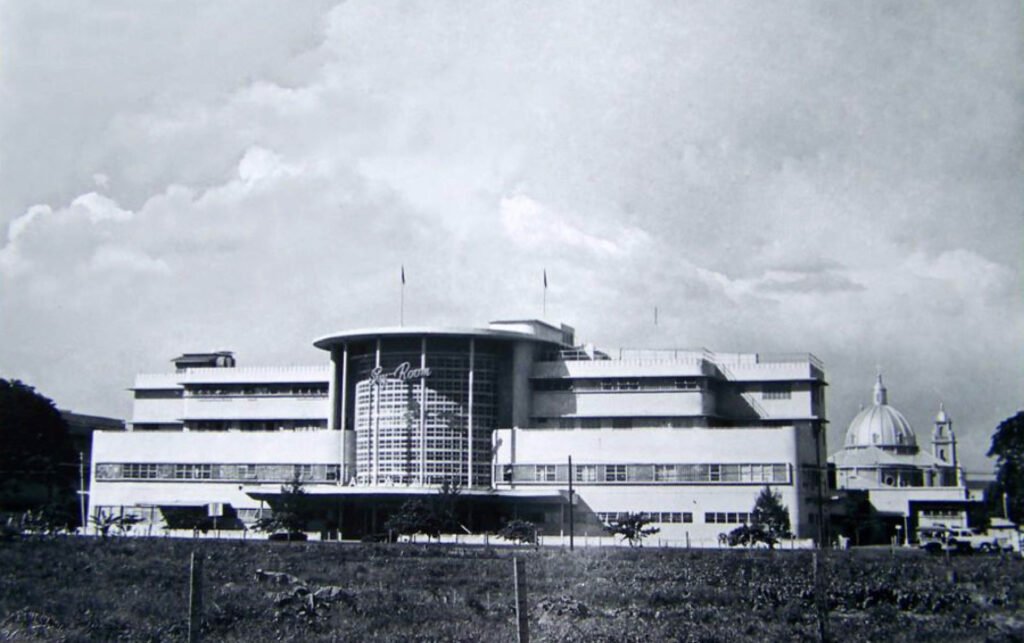

Heritage Law
I have had a few opportunities to take part in our effort to shape the country’s policy for architecture and design. The first was the Heritage Law. To be sure, I had nothing to do with its actual drafting, but, as a young architect, I participated in demonstrations that brought heritage conservation to the public eye in a way that would help generate policy, the policy we know today as the Heritage Law.
The demonstrations were aimed at saving the Jai Alai building, a significant Art Deco landmark from 1940. This was an important moment in the Philippine conservation movement and for the Heritage Conservation Society, or HCS, which was only a year old then and which, then as now, was the country’s leading heritage organization.
We lost the fight. The building was demolished in July 2000, but its demolition helped create the groundswell that placed heritage conservation on the national agenda. As a result, policy was formulated in Congress. Officially known as the Philippine Cultural Heritage Act, Republic Act 10066 was signed by President Gloria Arroyo in 2010.


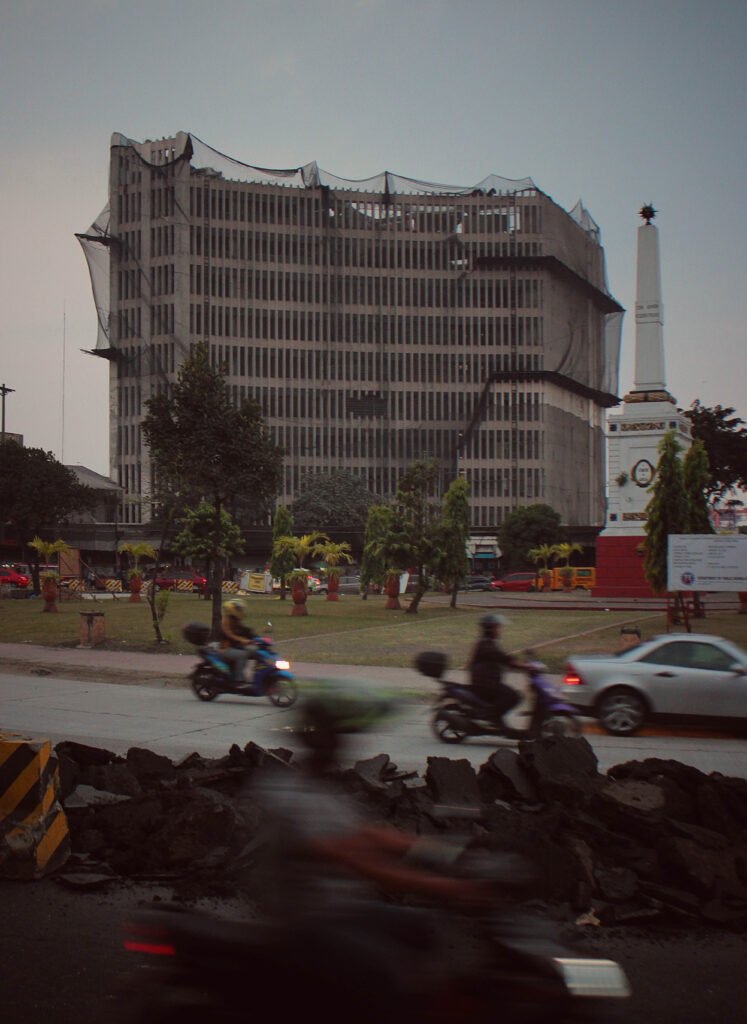



Despite the Heritage Law, many significant buildings are being lost, with a lot of insignificant buildings replacing them, adding insult to injury, salt to the wound. By significant, I mean buildings of a quality and artistry that capture your eye and reward examination, buildings witness to the growth of our nation, designed by architects like Carlos Arguelles, Leandro Locsin, and Jose Maria Zaragoza.
In the wake of these cultural tragedies, the words of the Spanish poet Antonio Machado bring some comfort: “For the strategists, for the politicians, for the historians, all this will be clear: we lost the war. But at a human level, I am not so sure: perhaps we won.”
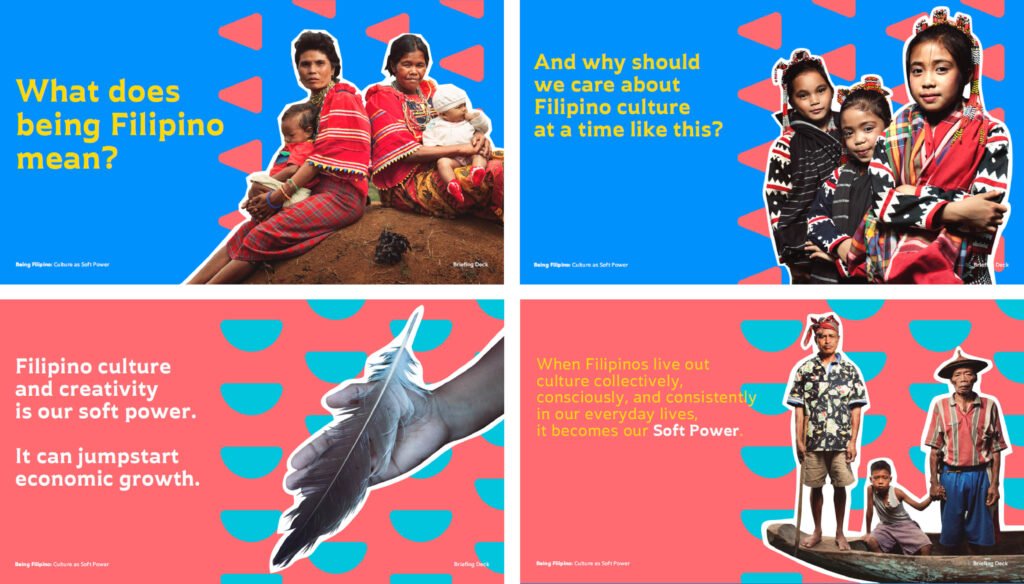

Creative industries
Another opportunity came last year, an invitation to be part of a panel of architects and other design professionals to make presentations via Zoom to the Philippine House of Representatives’ Arts and Culture and Creative Industries Bloc, led by Pangasinan Congressman Toff de Venecia, which was looking at how the pandemic was affecting the creative industries and looking also at how the Philippines could pivot into a creative power using its creative industries.
One of the outcomes was the Philippine Creative Industries Development Act, with its 5 billion-peso appropriation, with the goal to consolidate resources and strategy to make the Philippines the leading creative force of ASEAN by 2030. It was filed last November, was just passed in Congress last month, and is now pending in the Senate.
Another outcome of those consultations was a house bill aiming to address the problems that beset architecture as an art and profession. There were difficult questions like “Why do we have the largest number of architects in ASEAN, many of whom have to find opportunities abroad?” “Why are jobs scarce, and why are engineers competing with architects for those scarce jobs?” “Why are architects competing with interior designers?” “How do we provide architects with the opportunities to broaden their vision?”
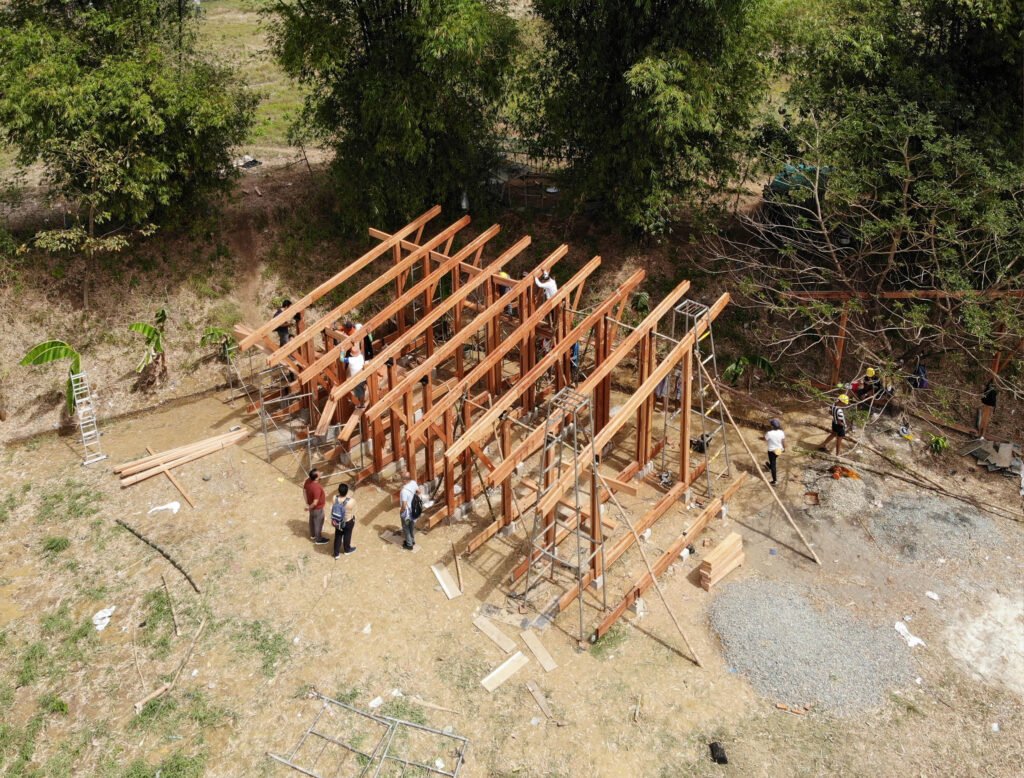

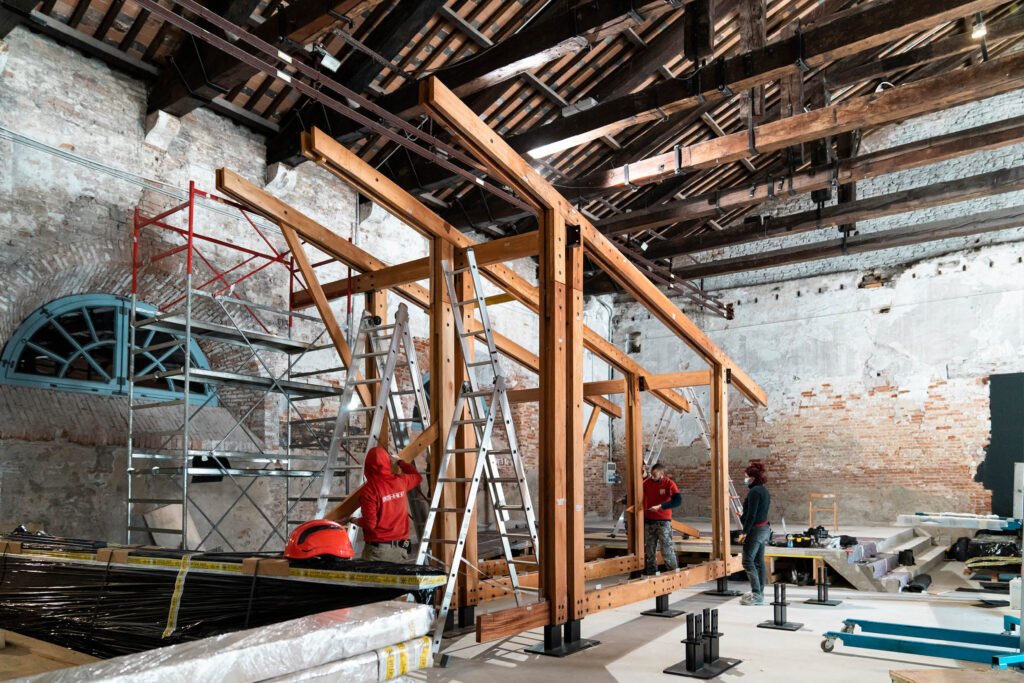

Need for critique
This is not to say that Philippine architecture today is not without its triumphs.
One of the top prizes at this year’s prestigious Venice Biennale for Architecture went to the Philippine entry called, “Structures of Mutual Support.”
The World Architecture Festival, happening as we speak, has an exceptional number of finalists from the Philippines. May they all be victors.
None of those entries to the World Architecture Festival and the Venice Biennale would have reached as far as they reached were it not for critique. Critique is a bitter pill, but it is necessary in order to be strong. I sat in a couple of practice juries for the World Architecture Festival to help these Philippine entrants anticipate the toughest questions, and they were all thankful for it. We helped them be strong so that they could withstand and even outgun the competition. This would not be happening if we were to coddle them in a comforting and protectionist stance.
The World Architecture Festival architects are elite architects, not in the socio-economic sense of the word “elite.” They are elite in the way that this year’s Philippine Olympians like Hidilyn Diaz are elite, honored not because they were protected but because they faced the withering challenges of their own critique and competition. We want as many Philippine architects as strong as those elite architects, but they will not get there if a protectionist stance prevails.
This is one of the things the bill is trying to address, but it has so far been met largely with professional uproar. This is understandable because consultation, thorough as it was, could have been more thorough. But these are early days. “House Bill” is another way of saying “draft proposal,” and there is still a long road of consultations and technical working groups ahead. In any case, as an architect, this is an exciting time because this could very well be a pivot back to the greatness of Philippine architecture.
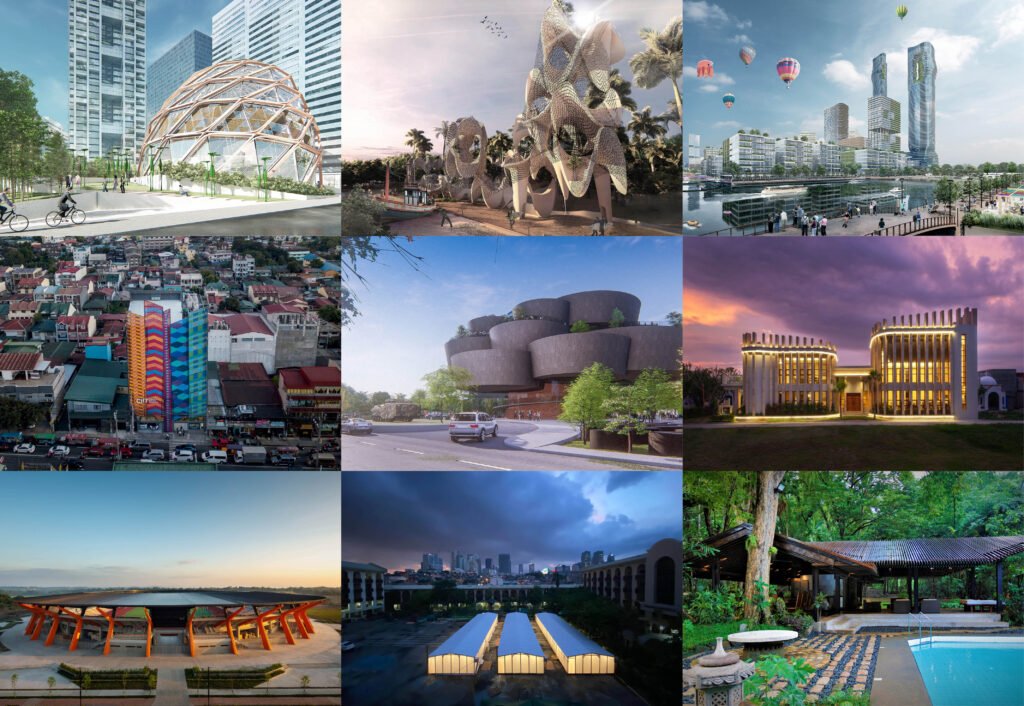

Architecture policy
A return to the greatness of Philippine architecture means that we need to formulate an architecture policy that articulates an overarching vision we can all agree on—one that focuses on the type of place we want our country to be, how it can be created, and how architecture can be an expression of that vision.
At its best, legislative policy is formed not to protect one interest group but society as a whole. Society as a whole benefits when people collaborate. Society does not benefit when people retreat into their foxholes. It is the role of government to ensure that there is no reason for anyone to retreat into any foxholes and to indeed ensure that there is every reason for people to work together. Our built landscape must be the expression of structures of mutual support.
The architect’s role as captain of the building project must remain because we guide all the key elements that make structures architecture. Utilitas, Venustas, Firmitas—the Latin words for Utility, Beauty, Strength. Other professions focus only on Firmitas or only on Utilitas. We focus on them all to create architecture. And it is architecture that we need to create, not just building, for our civilization to move forward. The civilization of our nation needs its architecture.
As John Hejduk, the great dean of Cooper Union, described it: “The fundamental issue of architecture is that does it affect the spirit or doesn’t it. If it doesn’t affect the spirit, it’s a building. If it affects the spirit, it’s architecture.”
Some notes on Venustas, or Beauty, before we head to my conclusion. As the architecture profession, we need to help the government formulate an architecture policy that defends Beauty. Congressman de Venecia’s and his congressional colleagues’ Creative Industries Act is an important step in the right direction. But we need the more specific measure of an architecture policy to defend our civilization. In the building professions, with the exception of the interior designer, it is the architect who is the guardian of Beauty. Manifestations of Beauty abound, whether in the works of true architecture or in the mountains, rivers, and seas of our archipelago.
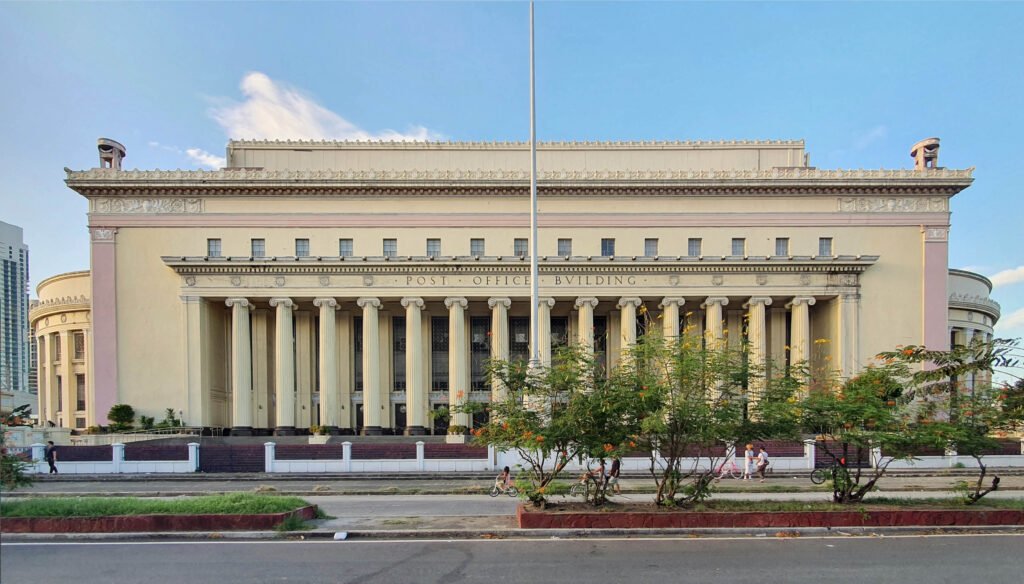

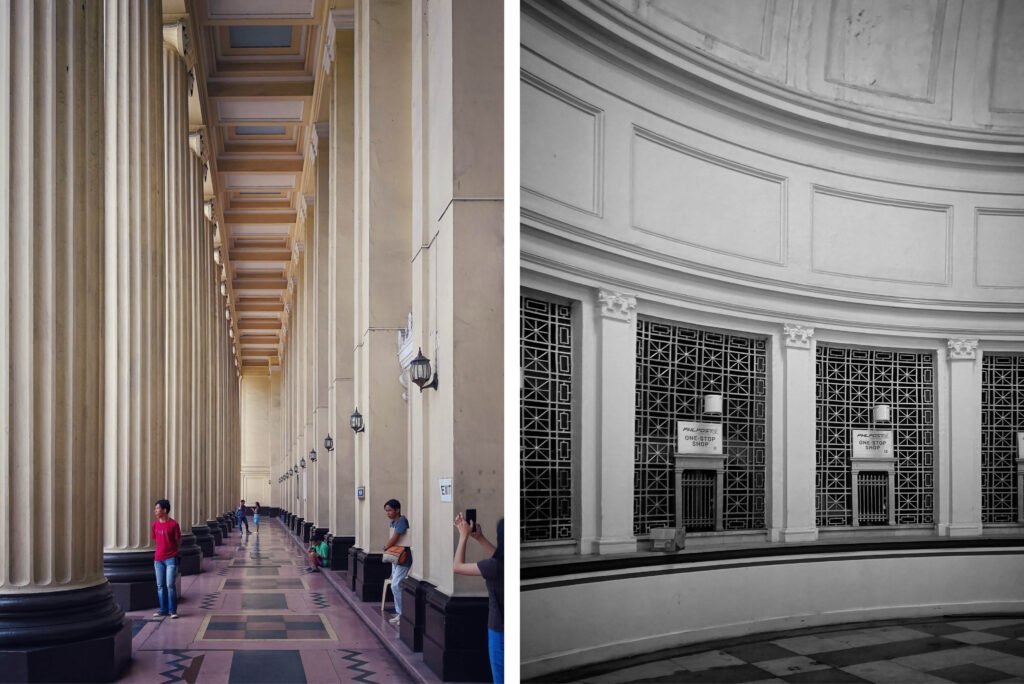



The image of the Manila Central Post Office reflecting in the Pasig River is an expression of Venustas, of Beauty. We, as architects, must defend that.
The opposite of Beauty is ugliness, and the Latin word for that is Deformitas. A Latin synonym is Repulsio.
Christopher Alexander, the architect, and theorist, said in an interview recently: “One of the very largest problems facing the earth now is rarely mentioned, and that is the spread of ugliness. By the standards of the 20th century, it sounds like a rather trivial and unimportant issue. It’s not. It’s on the same scale as the alarm that was spread when people began to realize that the Brazilian rainforest was being destroyed.”


Museum as metaphor
In conclusion, I would like to share one of our projects that, in my experience, is a narrative of good policy.
The Department of Tourism building was originally the Department of Agriculture building, designed by Antonio Toledo and completed in 1939, when the Philippines was, like Puerto Rico today, a part of the American Commonwealth. The short-listed competition to design its adaptive reuse conversion into the new National Museum of Natural History was won in 2013 by my team, a collaboration among the design disciplines: interior design by Periquet Galicia, engineering by Arup, and architecture by Dominic Galicia Architects.
A Google Earth view of Rizal Park from 2012 shows the red roof of the former Department of Agriculture building, then the Department of Tourism, looking across Agrifina Circle at the Museum of the Filipino People, formerly the Department of Finance. The view from 2021, three years after completion, shows the National Museum of Natural History replacing the Department of Tourism.
After we surveyed and assessed the site, before we had done any design, we established policy, a statement of principles that would guide the adaptive reuse.
A schedule of priorities, a hierarchy of significance, stated that the most important components of the structure were: the exterior façade, the courtyard façade, Marble Hall, and the staircases with their marble and grillwork. The government office spaces were lower in significance and could thus be manipulated to transform into museum galleries. Another policy established by the Board of Trustees and the museum officers was that the project was to be sustainable and use the GREEEN rating system of the Philippine Green Building Initiative, or PGBI, of which the UAP is a key and founding member organization.
Early in the project, our museum consultant insisted on the idea of the black box as the method of display. The design team, on the other hand, found this idea claustrophobic. It was important to us that any interior space needed a sense of connection with the outside, one way or another. The impasse had to be solved by the interior designer and me going abroad, to Paris, New York, Washington, and Sydney, to research museum galleries that let in natural daylight.


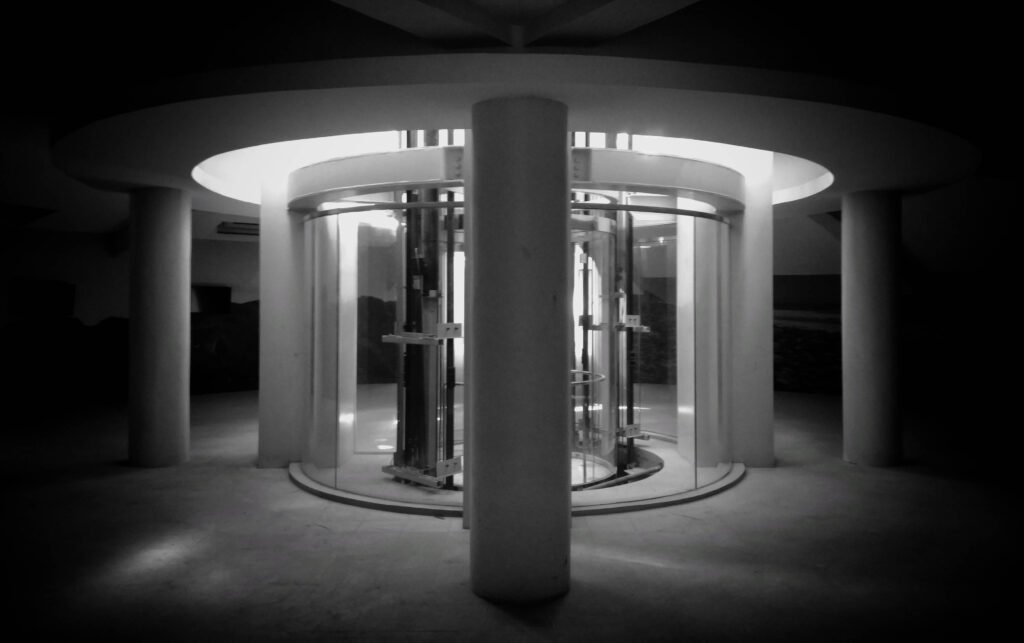

Indeed there was a time when black boxes were all the rage in museum exhibition design. Across Agrifina Circle from our project site, the former Department of Finance building, when it was first converted into the Museum of the Filipino People, was a warren of black box spaces. It is now the National Museum of Anthropology and is no longer about black boxes. Our museum consultant for Natural History, who was also a consultant for the Museum of the Filipino People, really believed in the black box and the experience of focusing only on a museum object lit brightly against the darkness, with no views of the outside. We thought that the black box would be brutal. When you visit the Natural History Museum today, you will appreciate the sense of transparency that penetrates the structure. The visitor appreciates it; whether he or she realizes it, the humane environment enhances the visitor experience.
Policy, like a dark museum, can be brutal. Policy must be a humane space that helps define us but does not confine us. It can help us focus on the matter at hand, but it can also allow us to see what’s outside.
The heart of the project is the Tree of Life at the center. It is at the centroid of the polygonal courtyard and contains the glass capsule elevator that takes you to the fifth floor so that you can begin your gallery visit, and after completing each floor, take the ramp to the next floor down.


My original concept for the courtyard was not a single tree but a grove of trees supporting a more amorphous-shaped dome. The interior designer, my partner and collaborator, asked, “Why so many trees? Why not have just one tree? The simpler, the better.” She was right.
Policy must be simple and straight to the point. It must be the distillation of many intelligent and well-meaning voices. It must also spring from a sense of confidence in our abilities and the humility to understand when others have a better idea than we do.
Policy looks at existing realities as well as exciting potential and helps us link the two. The connection creates a space where we can enjoy one another’s company in a society of citizens that want a place in this traveling pattern of sun and shade. Policy is democratic. In this way, policy can be an expression of the equality of opportunity.
This project was the product of excellent collaboration between public and private sectors—the officers of the museum, members of the Board of Trustees, and the consultants. I saw this myself on a regular basis, witnessing the sagacious harmony that prevailed at project meetings.
The project expresses a collective aspiration to showcase our country’s wealth and heritage through individual and collaborative efforts. It gives us hope that what was done once can be done again and provides us with a glimpse of a brighter future with more room for similar undertakings, demonstrating the significant role architecture plays in building not merely structures but nations.
Developing policy to govern a group is like creating a large structure that will shelter a multitude, a multitude of islands that make up one nation.
Thank you. •


2 Responses